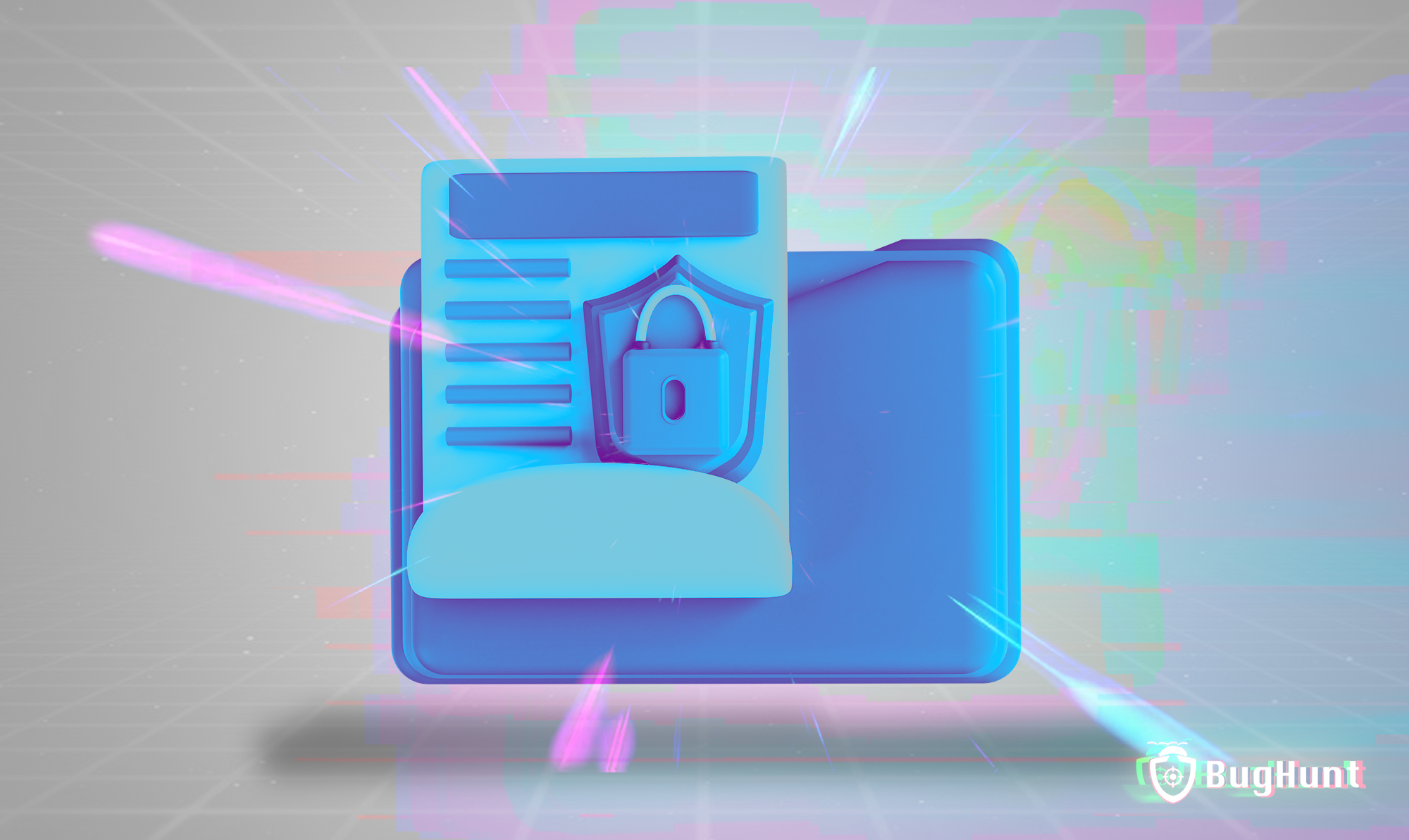What are CIS Controls and why are they so important?

In a rapidly advancing technological landscape, cybersecurity has become a fundamental pillar for businesses of all sizes and sectors.
It is within this context that the Critical Security Controls (CIS Controls) stand out, not only as a defense strategy but as a guide to protecting data against the growing virtual threats. Continue reading this article to learn more about the topic!
What are CIS Controls?
The CIS Controls are a set of best practices developed by the Center for Internet Security (CIS) that aim to protect organizations from the most common and dangerous cyber threats. These practices are distilled from various analyses of real cyber attacks, providing a clear and efficient pathway to enhance information security.
The effectiveness of the CIS Controls lies in their simplicity and applicability, designed to be implemented by any organization, regardless of size or business nature.
By following these guidelines, companies can significantly improve their security, protecting their data more effectively.
The Importance of CIS Controls
The relevance of the Critical Security Controls in the current context is undeniable. With the digitization of businesses and the increase in the volume of sensitive data stored online, there is a need for security measures that not only combat existing threats but also anticipate potential vulnerabilities.
The CIS Controls excel in offering a structured roadmap for cybersecurity, allowing organizations to:
- Prioritize security actions according to potential impact.
- Apply practices based on analyses of real cyber attacks.
- Adapt to different types of organizations and security needs.
- Provide a comprehensive view of security, from prevention to incident response.
What are the CIS Controls?
In total, there are 18 critical security controls that form a comprehensive set of best practices to strengthen any organization’s cybersecurity posture.
Here are the CIS Controls version 8, the latest update so far:
- Inventory and Control of Hardware Assets: Maintain a detailed inventory of all company hardware assets.
- Inventory and Control of Software Assets: Ensure an accurate inventory of all software in use within the organization.
- Data Protection: Implement measures to identify, classify, handle, retain, and securely dispose of data.
- Secure Configuration of Assets and Software: Establish security standards for corporate hardware and software.
- Account Management: Manage user credentials to ensure authorized access to systems and data.
- Access Control Management: Manage credentials and access privileges to ensure efficient permission management.
- Continuous Vulnerability Management: Develop a plan to continuously assess and track vulnerabilities across all corporate assets within the company's infrastructure.
- Audit Log Management: Collect and review audit logs for incident detection and response.
- Email and Web Browser Protections: Enhance defenses and threat detection for email and web vectors.
- Malware Defenses: Prevent or regulate the installation, dissemination, and execution of malicious applications, code, or scripts on corporate assets.
- Data Recovery: Implement and maintain solid data recovery procedures to ensure the restoration of affected corporate assets to a reliable pre-incident state.
- Network Infrastructure Management: Establish, implement, and actively manage network devices, tracking, reporting, and remediating any vulnerabilities in network services and access points to prevent exploitation by intruders.
- Network Monitoring and Defense: Establish, operate, and manage processes and tools for comprehensive network monitoring and defense against security threats throughout the company's network infrastructure and user base.
- Security Awareness and Skills Training: Implement awareness programs to educate employees to mitigate cybersecurity risks.
- Service Provider Management: Evaluate service providers to ensure adequate protection of platforms and data.
- Application Software Security: Oversee the security lifecycle of internally developed, hosted, or acquired software, aiming to avoid, detect, and remediate security vulnerabilities before they impact the organization.
- Incident Response Management: Establish a program to prepare, detect, and respond to incidents promptly.
- Penetration Testing: Conduct tests to assess security effectiveness and identify vulnerabilities in controls (people, processes, and technology), simulating the objectives and actions of an intruder.
CIS Controls and Bug Bounty: Strengthening the Security Ecosystem
It is important to note that these 18 recommendations developed by the Center for Internet Security represent just the first step towards more robust cybersecurity, functioning as a starting point rather than a final goal.
The true value lies in the interaction with the surrounding ecosystem, where training, sharing experiences, and access to third-party tools play a vital role. This engagement and collaboration with the community are essential, transforming the CIS Controls into a driver for continuous security improvement.
Moreover, Bug Bounty programs are an essential part of this ecosystem, acting as an extension of the CIS Controls by promoting rapid and effective detection of vulnerabilities. These programs empower the global community to collaborate in identifying security flaws before they can be exploited by malicious agents.
In other words, by integrating them with the CIS Controls, organizations further strengthen their cybersecurity defenses, creating a dynamic and adaptable security strategy capable of tackling the emerging challenges of the digital landscape.
Want to learn more about how Bug Bounty can help elevate your company's information security? Contact BugHunt.

